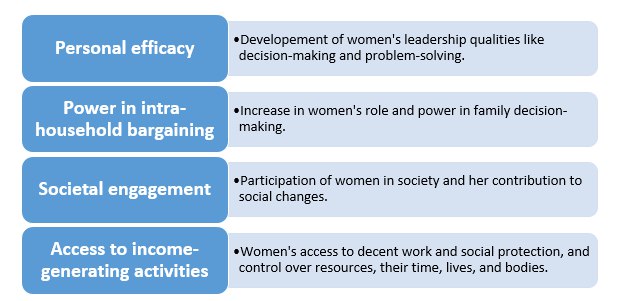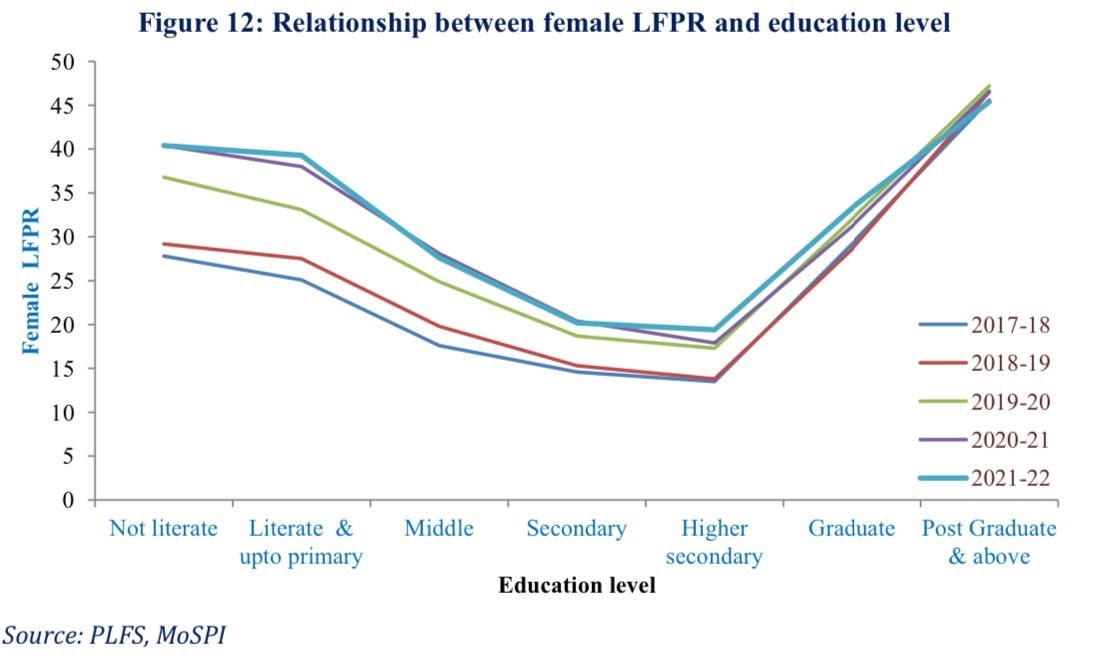7667766266
enquiry@shankarias.in
A recent report of The India Human Development Survey (IHDS) shows that despite advancements in education and societal engagement, women's wage labour participation has stagnated.

India ranks 129th out of 146 countries in the Global Gender Gap Index.
|
Findings of the IHDS survey |
|

According to the World Bank data, the employment to population ratio is 72.2% for males and 25 % for females. It is a paradox where India have more female graduates but less working women and researchers.
India’s GDP growth rate can climb above 9% if women were given an equitable share of jobs according to a World Bank.